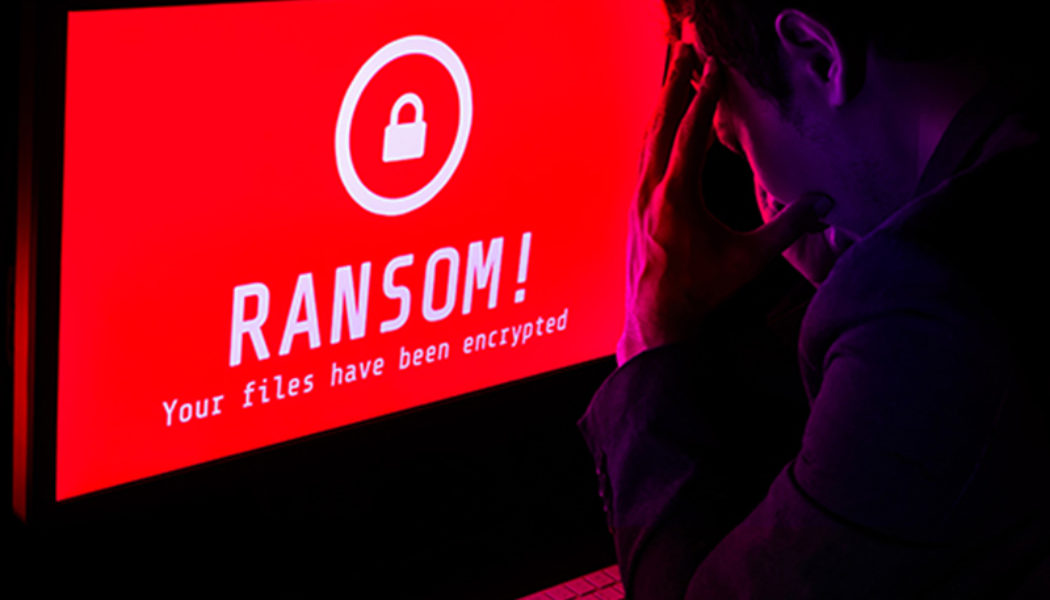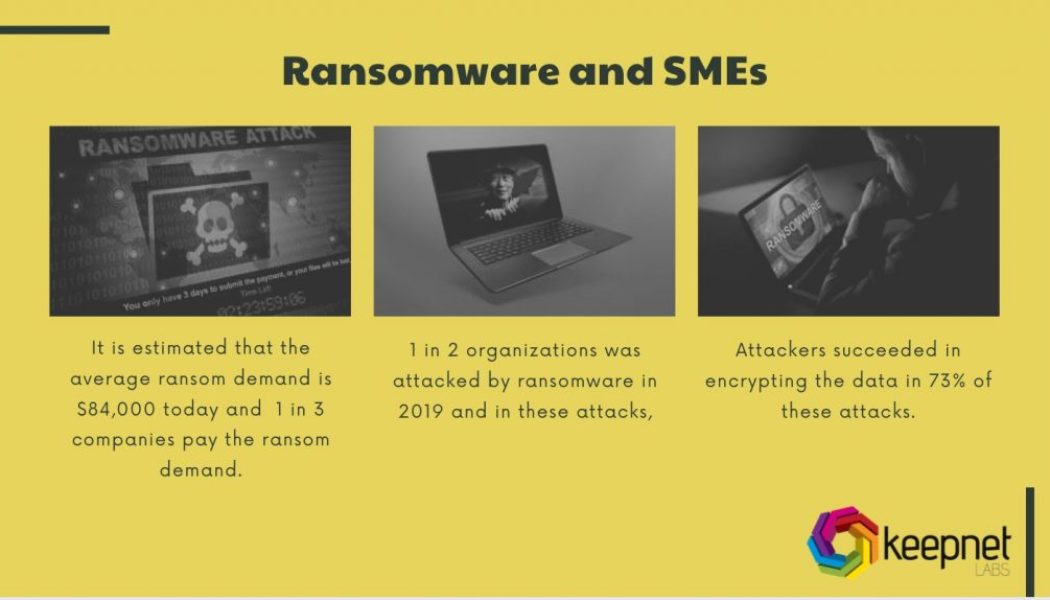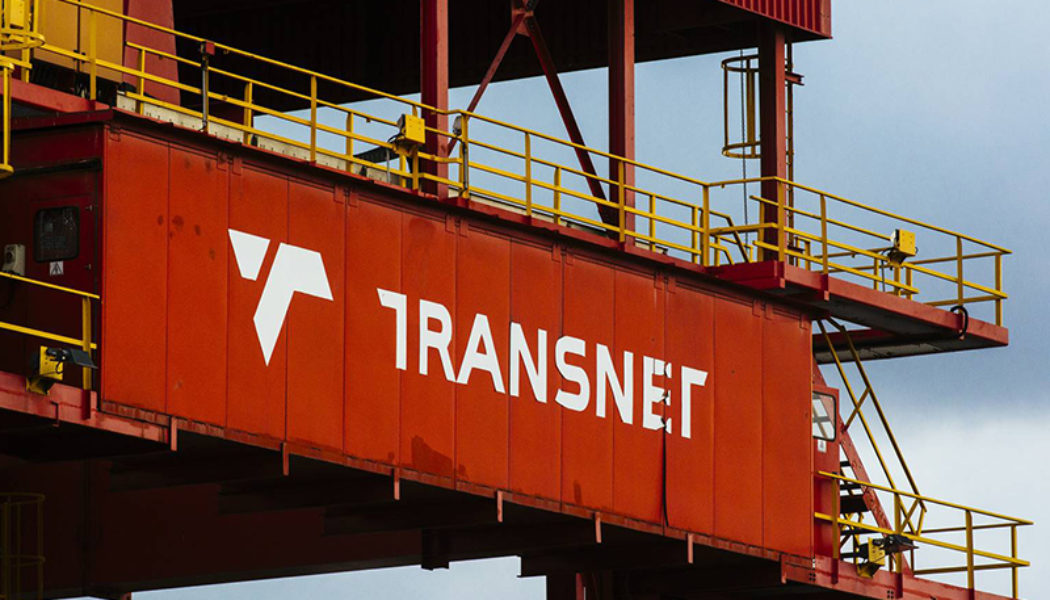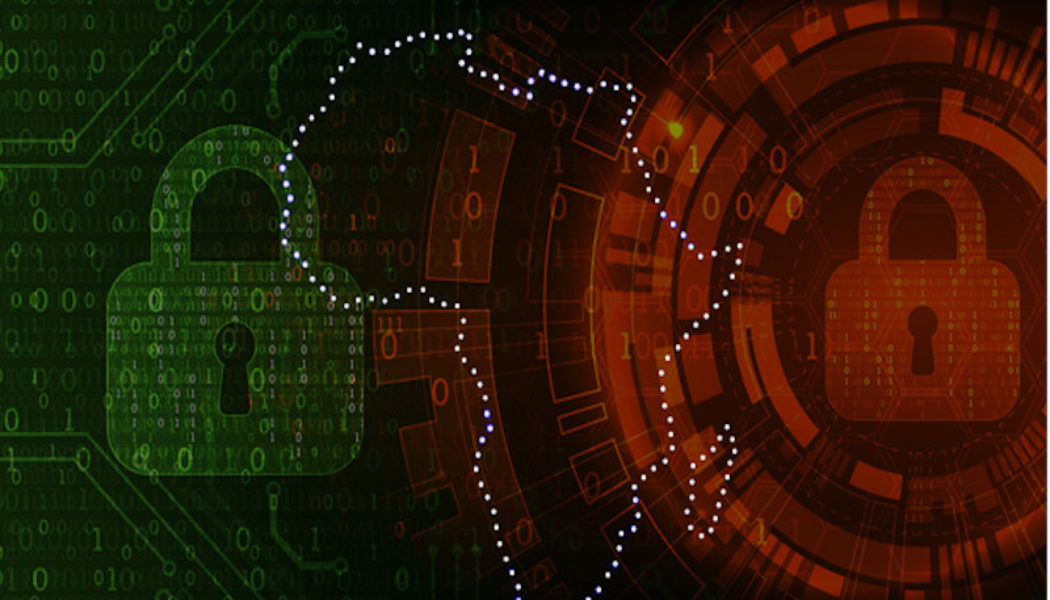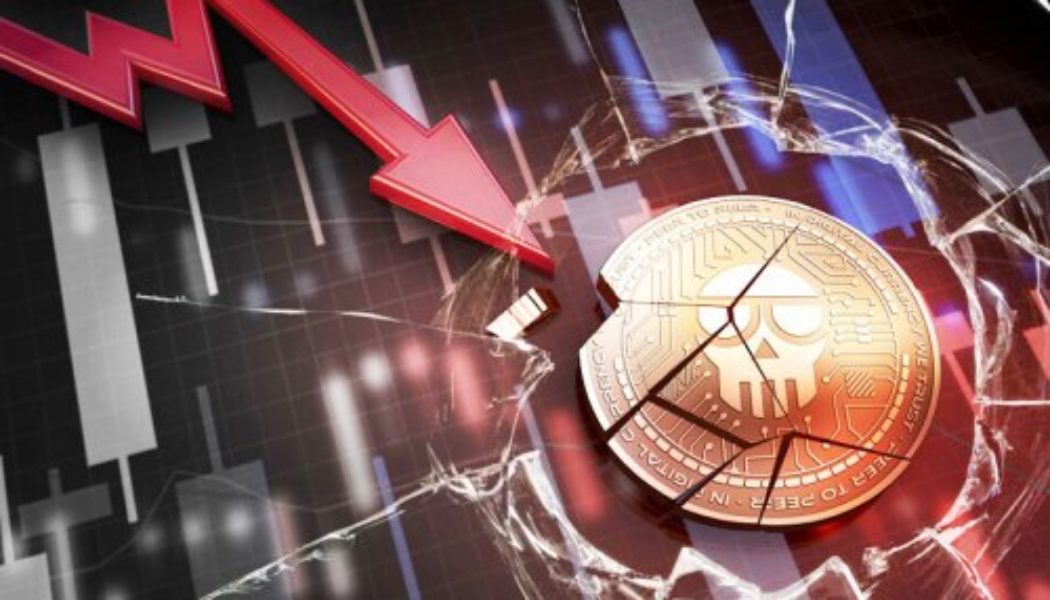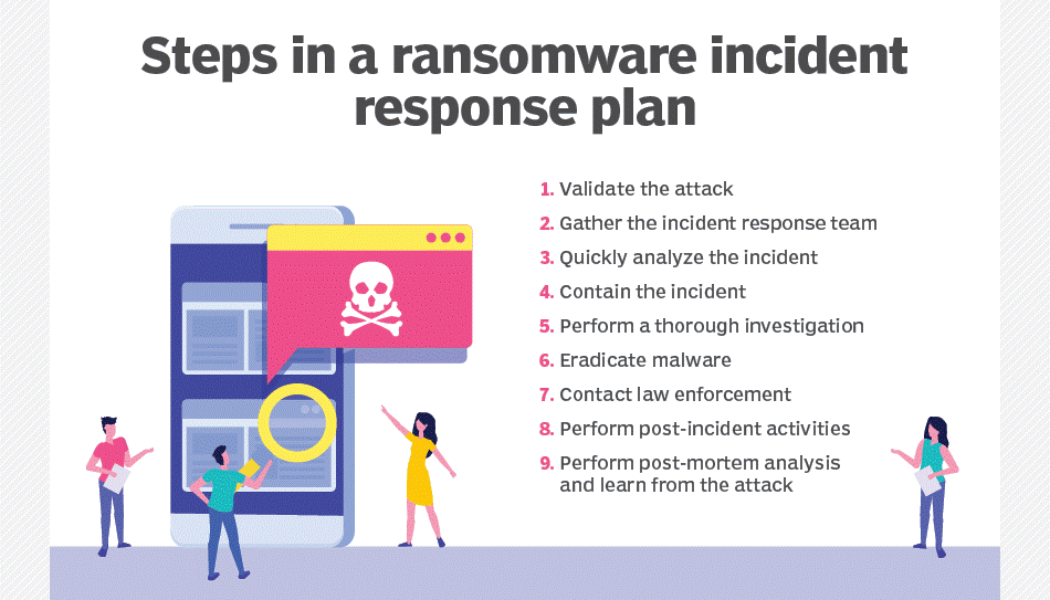Ransomware
Today’s New Business Normal Creates Threat Opportunities
Image sourced from Feed Navigator. The COVID-19 pandemic forced businesses of all shapes and sizes to make rapid changes in how they operated, with employees predominantly working remotely and sensitive data and systems being accessed from outside the office. For many, this triggered an increased reliance on remote-access infrastructure and cloud-delivered services. IT departments rushed to install, expand, or upgrade remote desktop access (RDA) servers, virtual private network (VPN) concentrators, and remote access routers to meet surging workforce demand for remote access to data centres. Moreover, widespread reliance on video conferencing apps forced many businesses to upgrade enterprise wide-area network and local-area network capacity, as well as to re-evaluate routing and DNS re...
When Ransomware Strikes, Can You Recover Fast Enough?
Sourced from Kaspersky Ransomware attacks have become increasingly common, and they are even available on the dark Web to purchase as a service. There have been many incidents in the news, where major companies have been left with little choice other than to pay the ransom to get their data back, often amounting to hundreds of thousands of dollars. The reality is that ransomware and other cyberattacks have become a question of when not if. The ability to respond and recover quickly has therefore become an essential part of successful ransomware defence, but it is something many organisations, especially in South Africa, struggle with. Consider Some Statistics The State of Ransomware report from security firm Sophos reveals that, over the last year, the average cost of remediating a ransomw...
Take Steps Now to Protect Your Organisation as Ransomware-as-a-Service Ramps Up DDoS Attack Offerings
Image sourced from Ben Kerckx, Pixabay. The services industry has traditionally included sectors ranging from social assistance and health care to transportation and scientific services. However, it doesn’t end there, because the human talent for innovation can turn almost anything into a service. We also find – rather less top-of-mind for most people – the offer of hitmen-as-a-service, usually associated, at least in Hollywood, with large and well-muscled men in expensive suits and sunglasses. A few years ago, this area of business moved into the cyber arena as well. And so we present: ransomware-as-a-service. Today, one of its latest offerings is a ‘triple threat’ that turns Distributed Denial of Service (DDoS) attacks into an even more lethal cyber weapon against organisations. Carole H...
What SMEs Should Know About Ransomware
Image sourced from Feed Navigator. Ransomware attacks are on the rise and malicious cybercriminals are always fine-tuning their strategies. Business leaders need to realise that their tactics include disrupting critical business operations across all industry verticals and businesses of all sizes, including small to midsize enterprises (SMEs). With most of the recent headline-making ransomware attacks against larger organisations who are likely to be more financially capable of meeting exceeding large ransom demands, the findings around the targeting of smaller businesses with fewer resources raise the question as to why ransomware operators are going after SMEs in the first place. The frequency and severity of successful ransomware attacks have a tremendous impact on victim organisations ...
Cyber Attacks in Africa Comparable to World Wide Rates, says Kaspersky
Sourced from IDG Connect With digital transformation a top priority on the corporate agenda as companies identify new ways to grow their business, cyber attackers and opportunist cybercriminals remain very active. While Africa is not necessarily considered a focus area for the more sophisticated types of cybercriminal activity such as targeted attacks or advanced persistent threats (APTs), the continent is certainly not immune to these or other types of cyber risks, warn Kaspersky researchers. When looking at the general cyber threat landscape as it impacts consumers and businesses, Kaspersky research shows that in 2020, worldwide, approximately 10% of computers experienced at least one malware attack. Interestingly, in some African countries, including South Africa, the figure was only sl...
Cryptocurrency and Cybercrime: 3 Insights You Need to Know
Image sourced from Shutterstock. Criminals have kept pace with changing technologies by no longer wanting their crimes to generate hard cash – bitcoin has become the currency of choice. That’s particularly true for cybercrime, where ransomware is booming as criminals infiltrate organisations’ IT systems and threaten to publish or destroy crucial data unless a ransom is paid in Bitcoin. Here are 3 insights you need to know about the links between cybercrime and cryptocurrency: 1. Cryptocurrency is Fuelling Cybercrime Ransomware payments have become so huge that attacks are mounting daily. A recent high-profile case was an attack on the US Colonial Pipeline, causing the system that carries 2.5 million barrels of oil a day to be shut off. It’s become such a lucrative business that some syndic...




